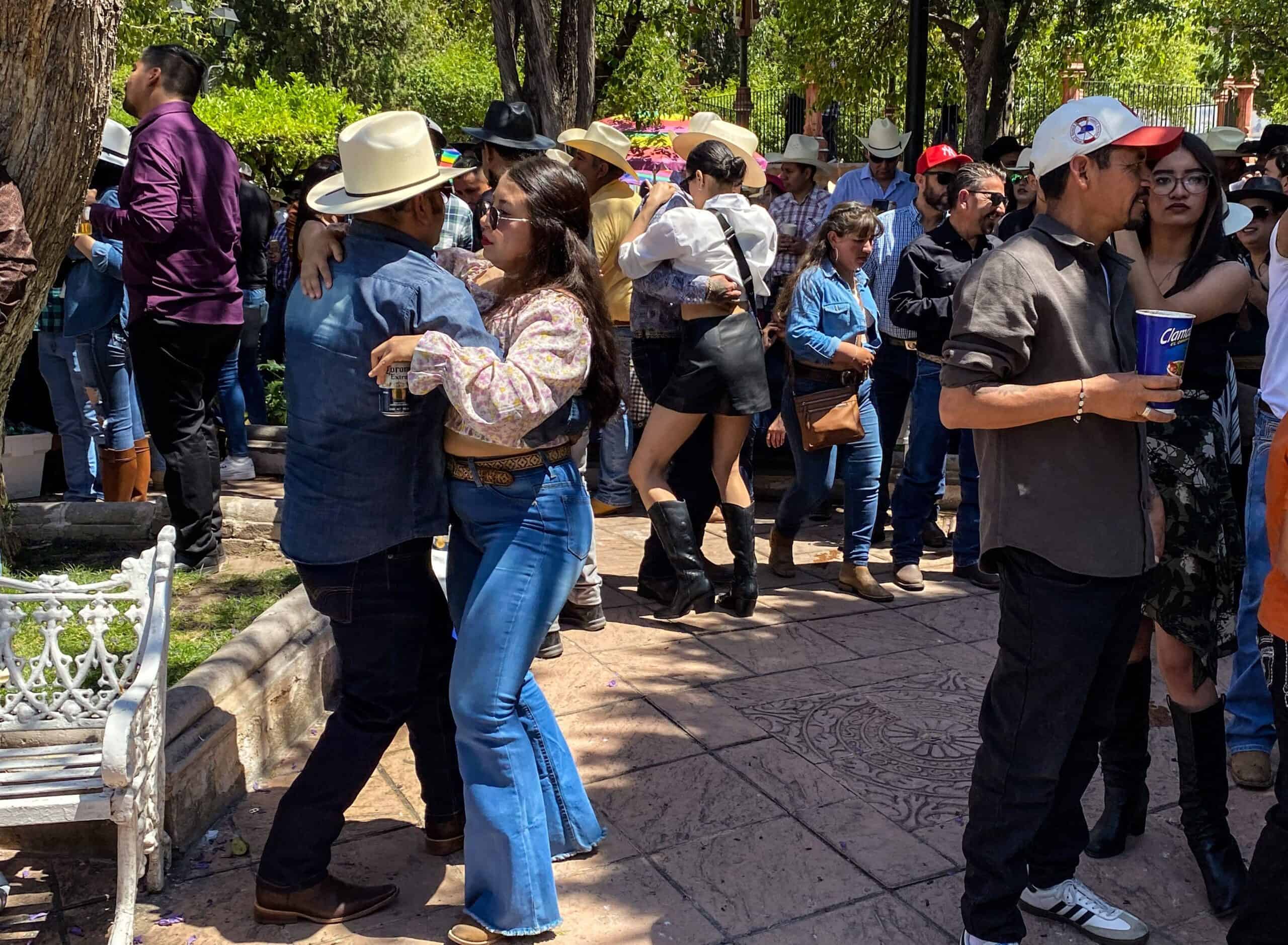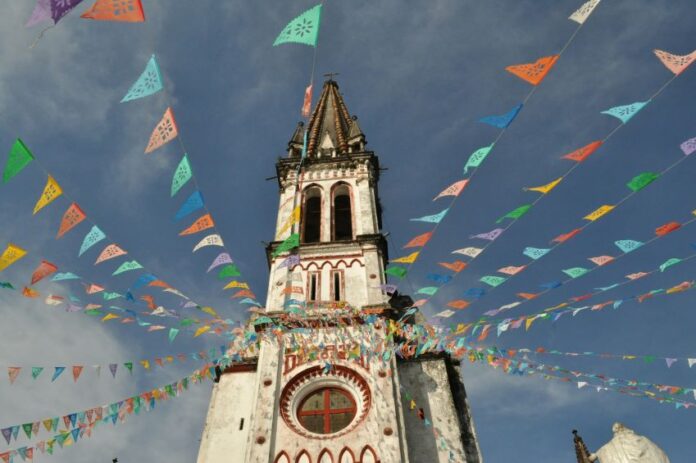Towns in Mexico seeking the Pueblo Mágico, or Magical Town, designation will have to meet higher standards under new rules introduced by the Tourism Ministry (Sectur). Existing Magical Towns must also meet the new standards to keep the designation.
Under the new guidelines, municipalities must establish a sustainable tourism development plan that aligns with the UN 2030 Goals, and urban image regulations featuring color palettes endorsed by the National Institute of Anthropology and History (INAH). All local tourist service providers must register at the National Tourism Registry (RNT).

At the Tianguis Turístico, an ongoing tourism industry event in Baja California, Marte Luis Molina Orozco, general director of social management of destinations at Sectur, said the new rules seek to “clean the house before continuing to grow.” In a previous statement, he explained that the new strategy focuses on returning to the essence of the designation — promoting tourism as a driver for economic and local growth — and consolidating production chains and technological innovation.
The deadline to comply with the new rules is Sept. 30. After reviewing the submissions, Sectur will classify each town into one of three categories: triple A (proven excellence), double A (requires adjustments), or A (needs urgent transformation). The list will be released by December.
Municipalities classified in the lowest category will not be automatically excluded from the program but will be required to improve their conditions by 2026.
Molina said towns “with a solid plan” will receive funds from an allocated budget of 8 billion pesos (US $407 million) to renovate the community. The renovations will include a digitalization campaign, access to BBVA ATMs and terminals, and restoration of official social media accounts in collaboration with Meta.
The funds will be managed through Nafin and Bancomex, he said.
What is the Magical Towns Program?
The Magical Towns Program was created in 2001 by the Ministry of Tourism to highlight destinations featuring historic architecture, exceptional natural landscapes and deep-rooted traditions.
When a location obtains the Magical Town title, it receives funding from the Sustainable Regional Tourism and Magical Towns Development Program to improve its image and tourism infrastructure, including renovation of public squares, amenities and main roads.
Experts have said that some town designations were granted without adequate technical studies, and that these destinations lacked basic services, adequate access routes or a strong tourism offering. Such claims have been made of Magical Towns in Puebla — the state with the largest number of Magical Towns — or Ajijic in Jalisco, among others.
With reports from El Economista
